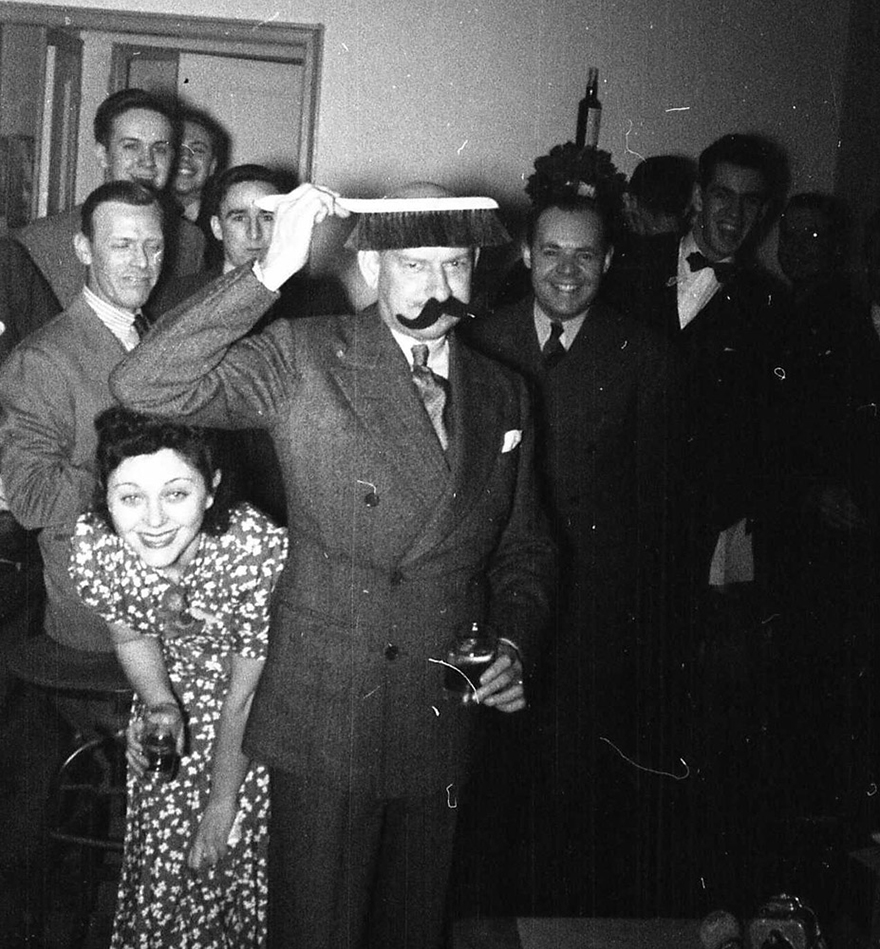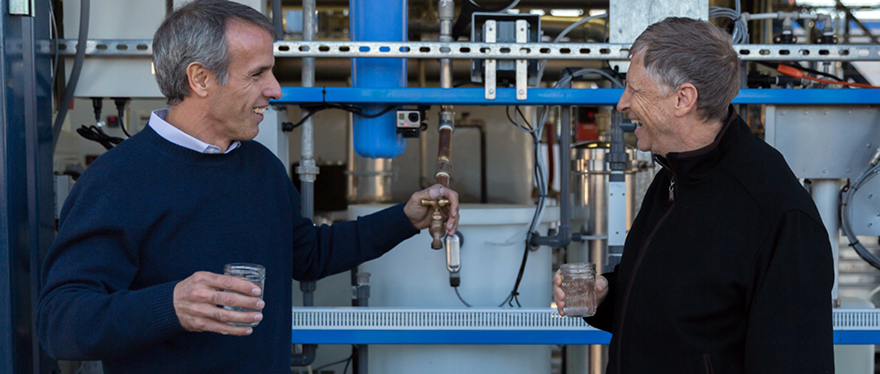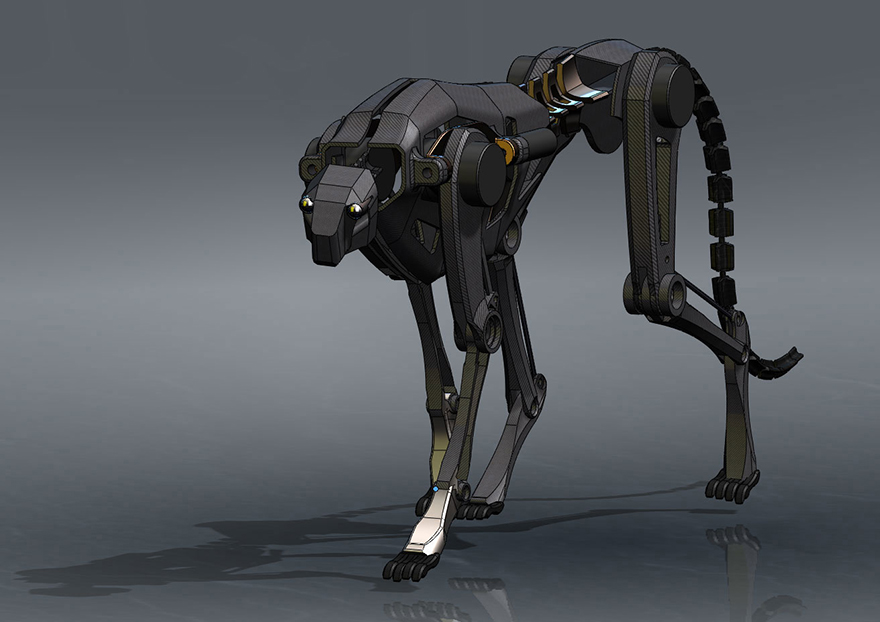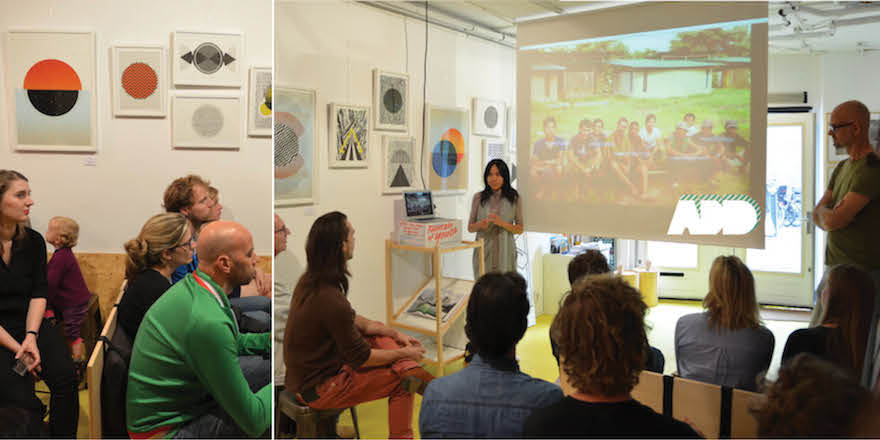![MD_A_AiD_01.jpg]() Photo by Zan van Alderwegen
Photo by Zan van Alderwegen
With a new year, it's time to clear out the digital clutter and make way for some new lines for inspiration. First on the list: Architecture in Development. After nurturing a passionate online community for a number of years, the founders of the site hope that Architecture in Development (AiD) can do more than just share information about sustainable development and architecture. The members behind the site are now developing workshops and launching pilot cases as a way of gathering and challenging like-minded people in a real world environment to develop new solutions for specific challenges. Core77 spoke with founding members Changfang Luo and Rob Breed about the newest phase for AiD.
![MD_A_AiD_06.jpg]()
![AID-3rd-anniversary2.jpg]()
What is Architecture In Development?
Rob Breed and Changfang Luo: Architecture In Development (AiD) is a global platform that aims to bring together the demand and supply in the practice of community design that emphasizes people rather than icons. AiD exists to support this new generation of architects by means of an online platform for knowledge and network resources, offline workshops and events to connect and, in the future, pilot cases to incubate real projects.
What is the backstory for why you founded Architecture In Development?
After we finished studying architecture, we started working in architecture studios. During that time we noticed the growing distance between our profession and the people using the spaces. In media, architecture was glamorized into a fashion industry with seductive images to capture attention (mainly from peer architects). And we noticed that in the world of architecture little attention was spent on the people and their relationship with architecture; everyone was busy with 'the final selling image' rather than the contexts, the culture and the tradition that give shape to architecture. There is hardly a voice from the people who participated in the process of making architecture; there is hardly any critique or evaluation on architecture after it's inhabited.
We were confronting these ideas while the architecture industry was devastated by the recession. Most of our friends and colleagues lost their jobs and the future was looking bleak. We asked ourselves: How can we help our colleagues think and act differently in our daily practice?
(more...)![]()
























 Photo by
Photo by 






 "So, there's something I've been meaning to talk to you about . . ."
"So, there's something I've been meaning to talk to you about . . ."











